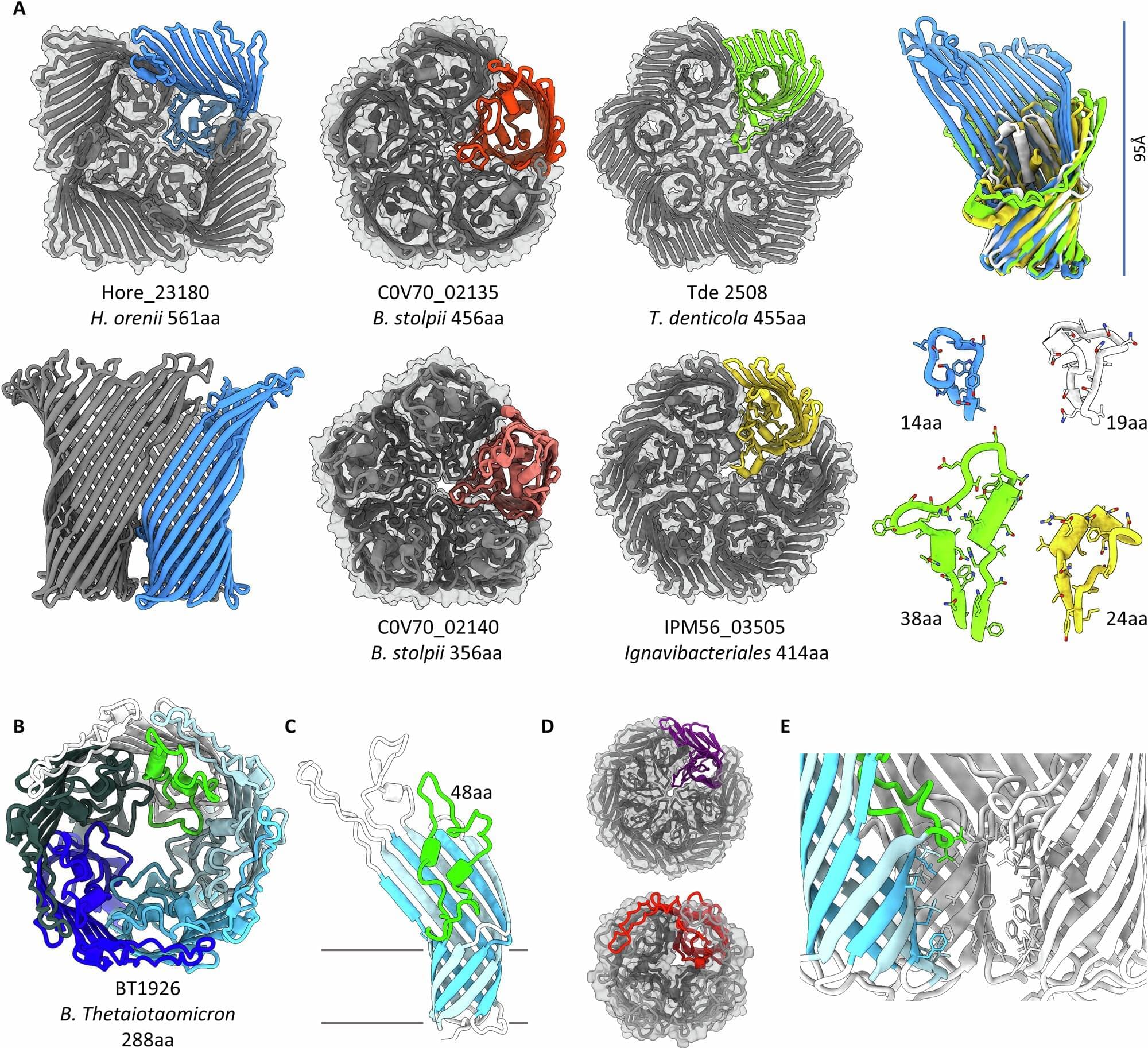Scientists have identified a new type of protein in bacteria that could change our understanding of how these organisms interact with their environments.
A new study, published in Nature Communications, focuses on a protein called PopA, found in the bacterial predator Bdellovibrio bacteriovorus. The protein forms a unique fivefold structure, unlike the usual single or three-part structures seen in similar proteins.
An international research team, led by University of Birmingham scientists, used advanced imaging techniques to reveal that PopA has a bowl-like shape that can trap parts of the bacterial membrane inside it.
